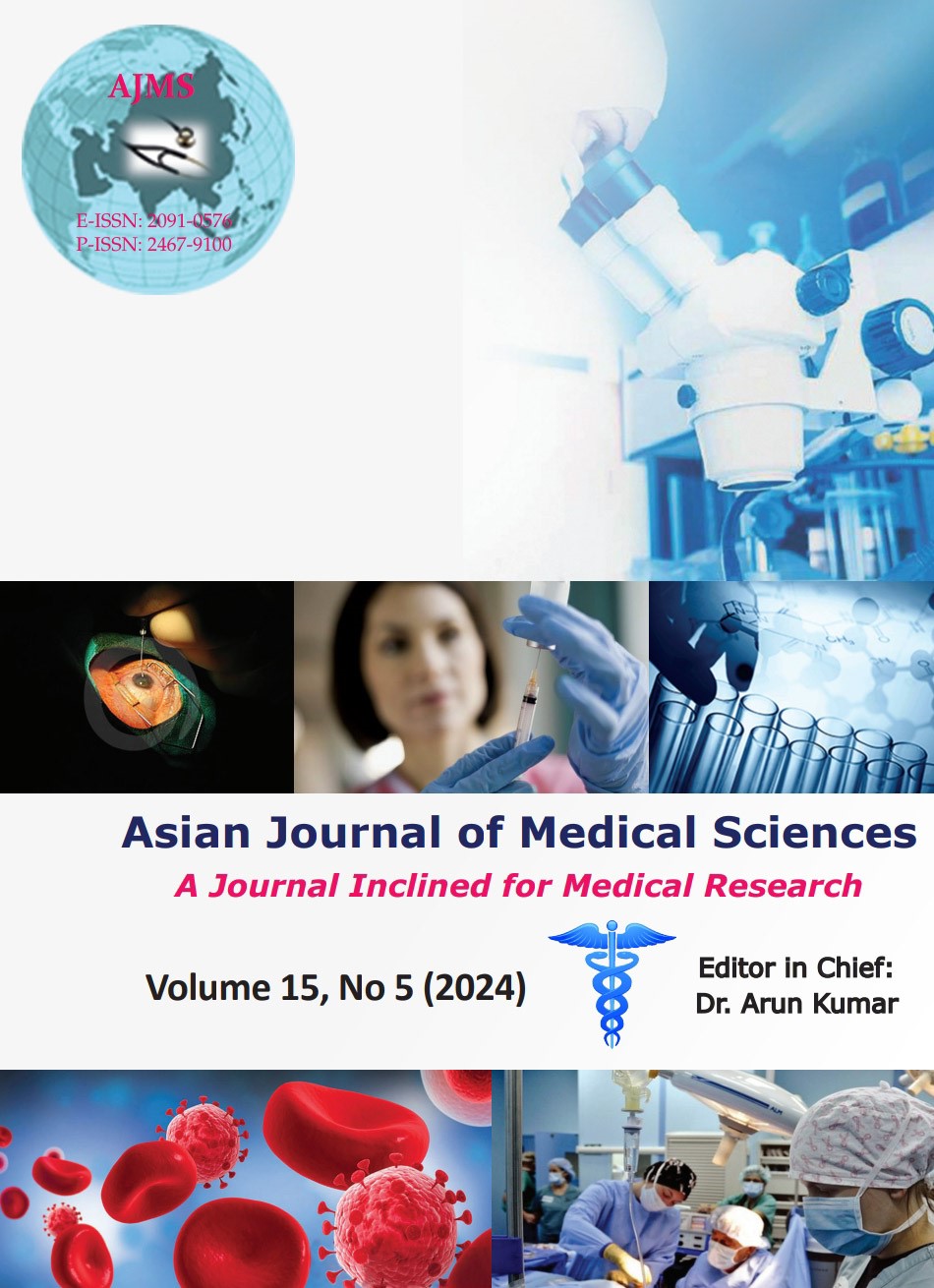Attitude and behavior regarding millet consumption in children with type 1 diabetes mellitus
Keywords:
Millets; Type 1 diabetes; Celiac diseaseAbstract
Background: Millets are highly nutritious with a low glycemic index when compared to rice and wheat in terms of proteins, minerals, vitamins, and antioxidants, still the consumption rates of wheat and rice are higher than millets.
Aims and Objectives: The present study aimed to know the attitudes, preferences, and perceptions about millet consumption in children with type 1 diabetes mellitus (T1DM).
Materials and Methods: Caregivers of children with T1DM of age group 2–14 years were included in the study. Data regarding the preference, attitude, frequency, benefit in controlling blood sugar levels, and barriers to millet consumption among children were collected using the open-ended questionnaire filled out by caregivers.
Results: Out of 86 caregivers enrolled, only 35 (41%) respondents knew about millets. In the index study, they were aware of pearl millet (94%) and sorghum (26%) mainly. Only 11.6% of the respondents recorded daily consumption of millets, 15.1% consumed millets 3–4 times in a week, 39.3% did once weekly, and 33.7% rarely. The major reasons behind non-consumption were non-palatability and expensive products. Only 29.1% of the respondents knew the role of millets in controlling blood sugar levels and reducing complications. Very few (7%) subjects knew about the new millet-based biscuits and other products.
Conclusion: To increase the consumption of healthy millets by children with T1DM, it is suggested to develop various products to enhance palatability, providing knowledge on health benefits of millets, and widespread availability of millets.
Downloads
Downloads
Published
How to Cite
Issue
Section
License
Copyright (c) 2024 Asian Journal of Medical Sciences

This work is licensed under a Creative Commons Attribution-NonCommercial 4.0 International License.
Authors who publish with this journal agree to the following terms:
- The journal holds copyright and publishes the work under a Creative Commons CC-BY-NC license that permits use, distribution and reprduction in any medium, provided the original work is properly cited and is not used for commercial purposes. The journal should be recognised as the original publisher of this work.
- Authors are able to enter into separate, additional contractual arrangements for the non-exclusive distribution of the journal's published version of the work (e.g., post it to an institutional repository or publish it in a book), with an acknowledgement of its initial publication in this journal.
- Authors are permitted and encouraged to post their work online (e.g., in institutional repositories or on their website) prior to and during the submission process, as it can lead to productive exchanges, as well as earlier and greater citation of published work (See The Effect of Open Access).




